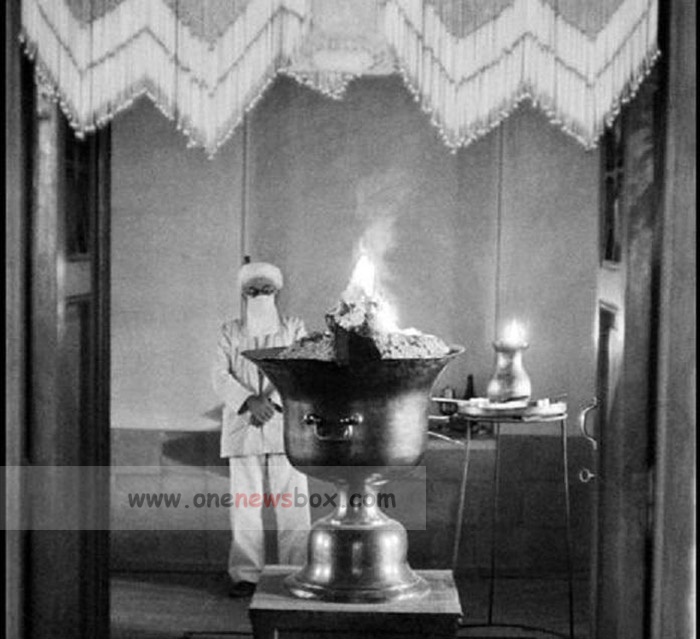The Islamic Era and Zoroastrian Refuge
Following the Muslim conquest of Persia in the 7th century, Yazd became a sanctuary for Zoroastrians, who fled from neighboring regions to escape religious persecution. Despite the spread of Islam, Yazd retained its Zoroastrian community, thanks to the payment of a levy that allowed them to continue practicing their faith. Over time, Islam became the dominant religion, but the Zoroastrian influence remained strong, contributing to the city’s cultural and religious diversity.
Yazd’s strategic location, nestled in the central desert of Iran, helped it avoid many of the conflicts that ravaged other parts of the Persian Empire. This seclusion allowed Yazd to preserve its architectural and cultural heritage, making it a haven for those seeking refuge from warfare and destruction. The city’s fine silk-weaving industry, noted by the Venetian explorer Marco Polo during his visit in 1272, became a hallmark of its economic prosperity.

